7 Creative Student Projects to Inspire You This Year

January 14, 2019
Whenever a teacher is able to find new ways to make learning engaging, effective, and connected to students' experiences, that's a victory. In 2018, Teach For America alumni and corps members went above and beyond to lead fun, imaginative, and brave projects that inspired their students and exposed them exciting new experiences. Here are seven creative projects to inspire you in 2019.
1. Eye-Opening Experiences At Home and Abroad.
When Nathalie Navarrete (D.C. Region ‘16) took four of her high school students on a trip to France last February, that’s when it sunk in. “Your job as a corps member is so much more than being a teacher. You have the chance to expose your kids to opportunities that can drastically change the way they feel about school, and their future,” she said.
The trip was part of a highly selective youth ambassador program where students from both countries learn about each other, their respective languages, and cultures. For many of Nathalie’s students, this was their first trip abroad. For some, it was their first trip on an airplane.
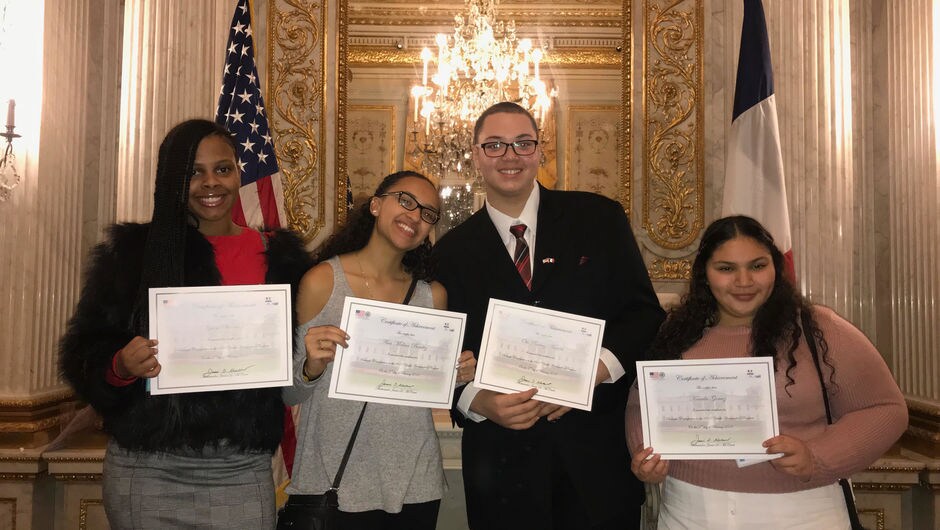
Students spent their week in Paris for a behind-the-scenes visit at the U.S. Embassy, where they met the American ambassador to France. They then traveled to Lyon, where they stayed with host families and attended classes with local high school students—gaining exposure to French life through immersive experiences.
After returning to D.C., Nathalie’s students received an invitation from the White House to hear French President Emmanuel Macron speak. The event proved to be another profound experience for Nathalie’s students, who were among the few people of color in attendance. “These kids are born and raised in D.C. and are surrounded by institutions that wield a lot of power,” Nathalie said. “It was important for my kids to know that they belong in these spaces too.”
2. Award-Winning Student Podcast
Students Erin Addison, Evan Addison, and Andrew Arevalo of Steel City Academy, a school founded and led by TFA alumna Katie Kirley (Chicago ‘07), were among the 10 winners of the The New York Times’s first-ever student podcast competition. The podcast contest was designed to be an engaging way for teachers to merge project-based learning with digital media production skills. The “Steel City Academy Podcast” delved into the redevelopment of the students’ hometown of Gary, Indiana, and featured an interview with Joe Van Dyk, Gary’s city planner.
3. Bringing High Tech Careers to Rural Classrooms
“When we think of a career fair, we think of the local police officer or firefighter,” said Marcus Morales (Washington ‘17), a second-year corps member teaching at Grandview High School. “Students don’t really get the opportunity to interact with professionals in STEM or computer science.”
Grandview is a predominantly rural community in South Central Washington. Many of the students are from migrant farming communities and don’t always have access to the same opportunities as students in big cities.
In an effort to expose students to options for 21st-century careers, Marcus and fellow teacher Sara Bowers (Washington ‘14) co-hosted Grandview High School’s first virtual career fair. Sara recently launched Grandview High’s first computer science course and was excited for her students to see what doors they could open with a STEM background.
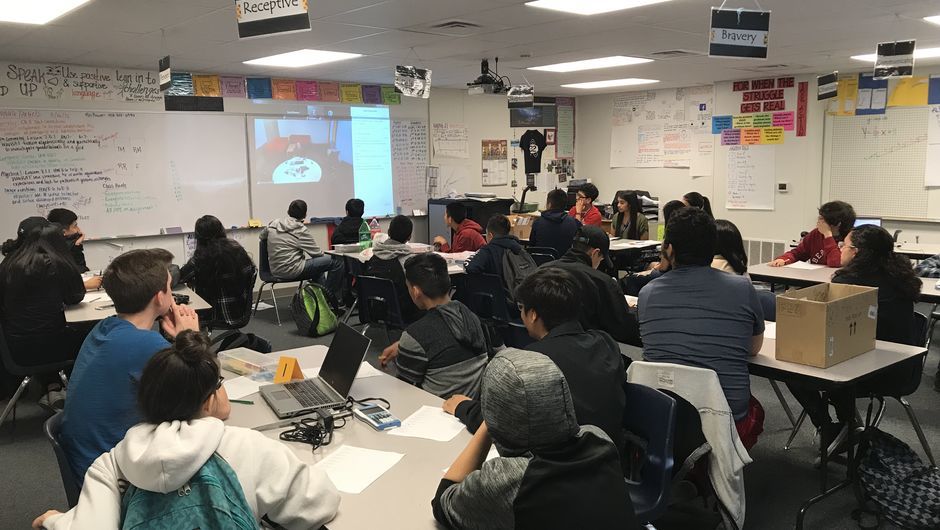
About 30 students participated, chatting over a video conference with a dozen technology professionals. The lineup included employees from Amazon and Valve, a nuclear engineer, a video game animator, and an astronomy Ph.D. student.
“So many of my kids shared that they now believe they could be those people one day,” Sara said. “That is 100 percent why I am so excited this event was made possible!”
4. Investigative Journalism for Pre-K
How do you get a PreK/Kindergarten class excited about writing? For Liz Cox (Kansas City ‘12), it meant giving them an investigative journalism assignment. Liz’s budding writers, known as the “Cookiecorns”—a cross between the “Unicorns” and the “Cookies”—spent a semester touring their neighborhood in Brooklyn, New York, recording their observations and pondering big questions.
After practicing their writing chops in the field, Liz’s students were feeling ambitious. For the culmination of the project, they each wrote their own full-length book about their neighborhood discoveries.
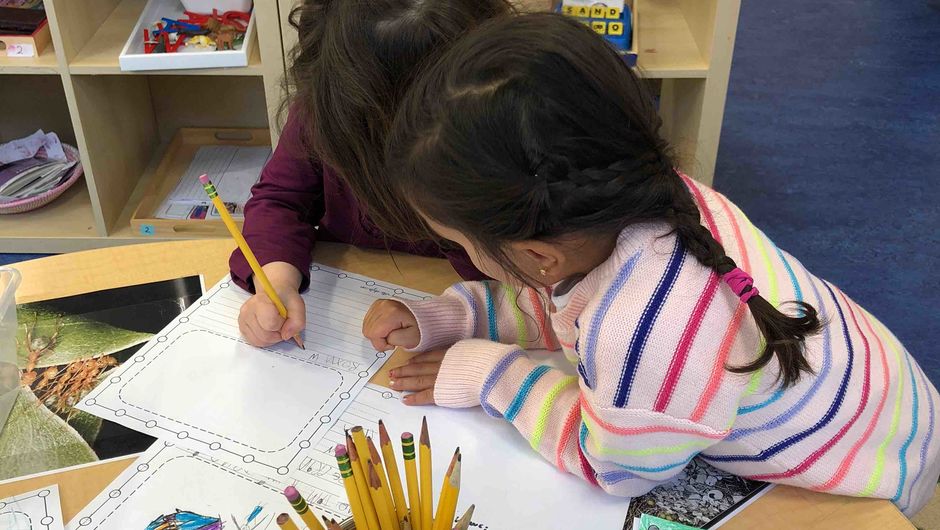
“They have been working as a team to finish their stories—helping each other spell words, giving each other new ideas, and encouraging each other to do their best,” Liz said. “It's been such an incredibly collaborative project.”
As a reward for their hard work, the Cookiecorns threw a publishing party to share their stories. Liz’s students led the entire event—making decorations and organizing the classroom. Students felt proud of their work and the confidence they developed around the writing process.
“Every part of the project they came up with as a class,” Liz said. “They made their own decisions on how they wanted to display their learning. They feel like real authors and keep asking when our next writing project will be!”
5 & 6. Helping Kids Learn Through Physical Movement
Kenya Samuel (Greater Delta ‘17) and Phoebe Shen (Greater Chicago-Northwest Indiana ‘17) discovered that appealing to students’ physical senses can have a profound impact on the way they understand abstract concepts in language and math.
Kenya teaches kindergarten at Clausell Elementary in Jackson, MS, and found that her students loved learning through activities. So, Kenya created a space in her classroom that allows her students to actively engage their learning by choosing activity stations. At one of the activity stations she created, known as the “adjective runway,” students can pick a piece of clothing to model on the runway. The students in the audience then get to pick two adjectives (i.e. “fashionable” and “cool”) to describe the outfit. On the adjective runway, students build their understanding of adjectives in connection to nouns while having fun.
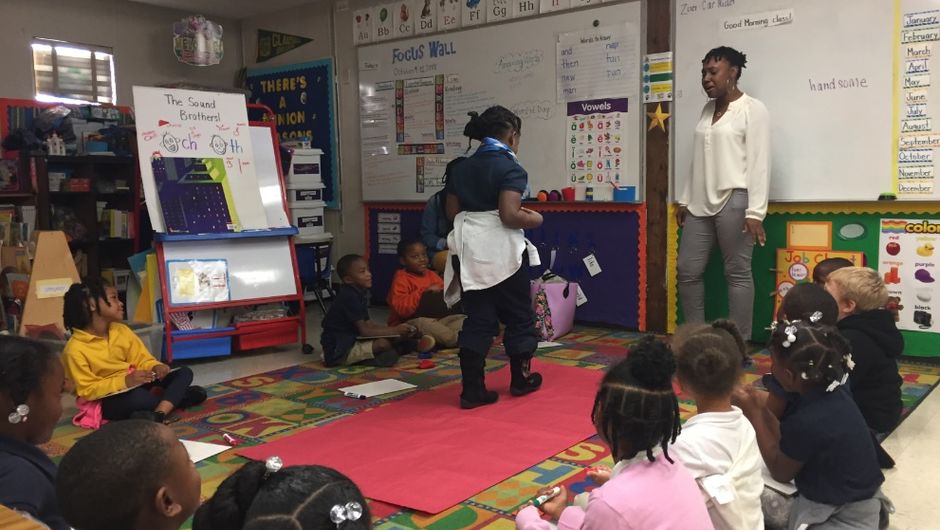
Phoebe also knows the value of physical learning, especially for special education students who have diverse learning styles. In her middle-school classroom, Phoebe is trying out new approaches for teaching math, integrating technology and physical movement. For their lesson on “ordered pairs,” Phoebe’s students helped to create a life-sized coordinate plane by taping a grid onto the floor. Students then learned graphing concepts through movement, by walking along the x and y-axes to locate specific points on the graph. Through the activity, students were able to grasp abstract math concepts by relating them to their physical world.
7. Bus Line Storytime
Tylene Dickie (Greater Delta ‘18) noticed that when her students were preparing to go home after class, the lines in the hallway for the buses would be loud and disordered. It meant that many students felt frazzled and upset by the end of the day.
In order to make the end of the school day a calmer experience for her students, Tylene began reading stories to her students as they waited for their buses. What was once a chaotic scene became a place where students could focus and regroup before leaving school.
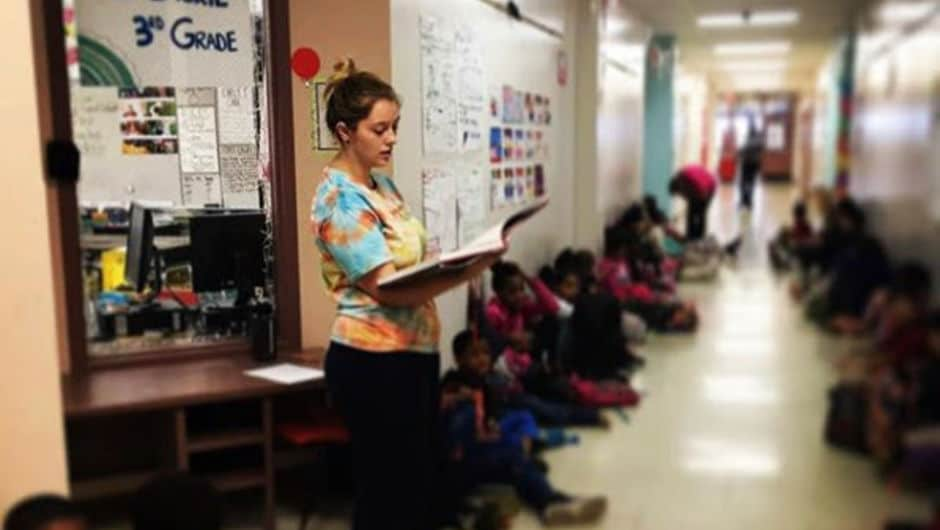
Tylene’s co-teacher Jessi Riel (Greater Delta ‘14) had this to say: “Thanks to Ms. Dickie's great idea and willingness to step up, the kids get to end their day calmly listening to a story. They are so attentive, and it's so wonderful to walk down the hallway and watch them hanging on every word.”
Are you working on a creative project with your students this year? Share it here!
Stay Connected
We're a diverse network of leaders committed to expanding opportunity for all children.
Sign up for our emails to learn how you can get involved.
Content is loading...


